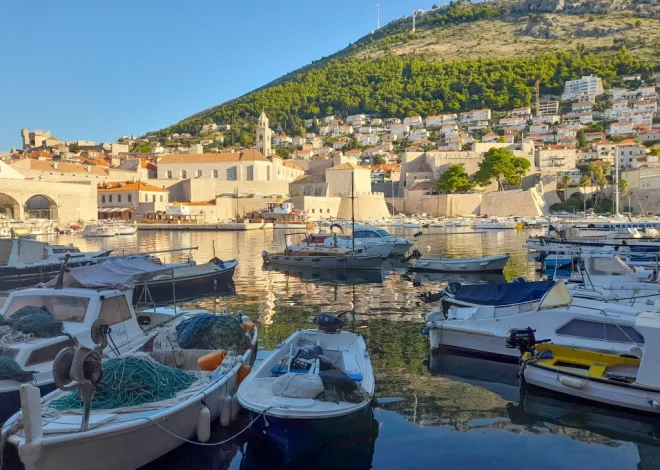
A Day in Lahemaa National Park, Estonia
Lahemaa National Park lies around 45 minutes outside of the capital of Estonia, Tallinn. It’s easily reachable by car, and we drove directly along the E20 to reach said bog. In actual fact, 8% of Estonia’s entire land mass is covered by bog, and almost 25% is covered by mires. It’s a bit of a wet country! And whilst Estonia is about 5x smaller than the UK, its population is only 1.5 million people vs the UKs 68 million (madness). So there’s lots of forest and water and completely uninterrupted nature here.
So to the bog we go.
We made a quick pit stop at J?gala Waterfall on the way, which was actually right by the roadside and is the highest waterfall in Estonia – though don’t expect Niagara Falls as it’s only 8m high, but beautiful none the less.

As we drove from the waterfall to the start of the bog walk, the heavens opened and it started pouring. Oh good, said my husband. We pulled up at the Viru Bog car park, from where you have two options – a 3km hike or a 6km hike around the bog. We chose the 6km option.
You start the trail walking from the carpark through the forest area filled with pine trees, until you reach the start of a board walk. Unfortunately in this section there were a lot of mosquitoes. I’ve been bitten 5 times, declared the increasingly miserable husband.
The bog trail board walk is actually beautiful, and it’s quite wide and really easy to navigate so no need for wellies to traipse through the bog. There are also really informative boards along the trail, covering the nature and history of Estonia and its bogs. This development (board walks and information boards) has all recently been established to encourage people to visit and get in touch with nature – I thought it had been really beautifully done. They have even put a little tower in half way round which you can climb to get views out across the bog.
The bog is the oldest organic landscape in Estonia, reaching in some cases up to 10,000 years old! The first bogs formed in Estonia right after the last ice age. As the 1km thick glacier ice sheet was melting towards the North pole, the melted water was collected in depressions previously created by the glacier ice. Over the next thousands of years, plants grew and died within the shallow pools and as a result, the dead plant material didn’t decompose but instead created ever-lasting peat (up to 8m deep in some places).
Estonians folklore quite understandably has many stories about the bogs, and associating them with monsters and creatures, so historically society has been scared of the bogs. But now it seems, they are a national treasure.
Part of this is because in 1940 Estonia was occupied by the Soviet Union (did you think I could go a whole Baltics post without mentioning a negative impact of occupation?!). With its heavy machinery and the need for resources, the Soviet regime decided to start large-scale draining in the wetlands to create more farmland and roughly 2/3 of the bogs in Estonia were destroyed or damaged. It meant that the Estonian people started to protest against this damage to their landscape, and ultimately felt pride in protecting it – raising awareness and popularity of these wetlands.
Today it is said you will find more people visiting the bogs than shopping at a weekend (!) – I’m not sure this is true because we had the entire trail to ourselves! Whilst we saw no people, we did see some wildlife – some grouse and some beautiful big cranes – and it’s also common for moose to live in bog areas as they like the habitat. In the autumn time, the trail also comes alive with berries ready for picking. You can also swim in the bogs and drink the water but I thought my husband might stab me if I suggested we take a dip!
It’s actually quite beautiful he surprisingly declared as we arrived back at our car, wet and covered in mosquito bites but converted to bogs none the less. Time to head home, what a wonderful 2 week road trip.



